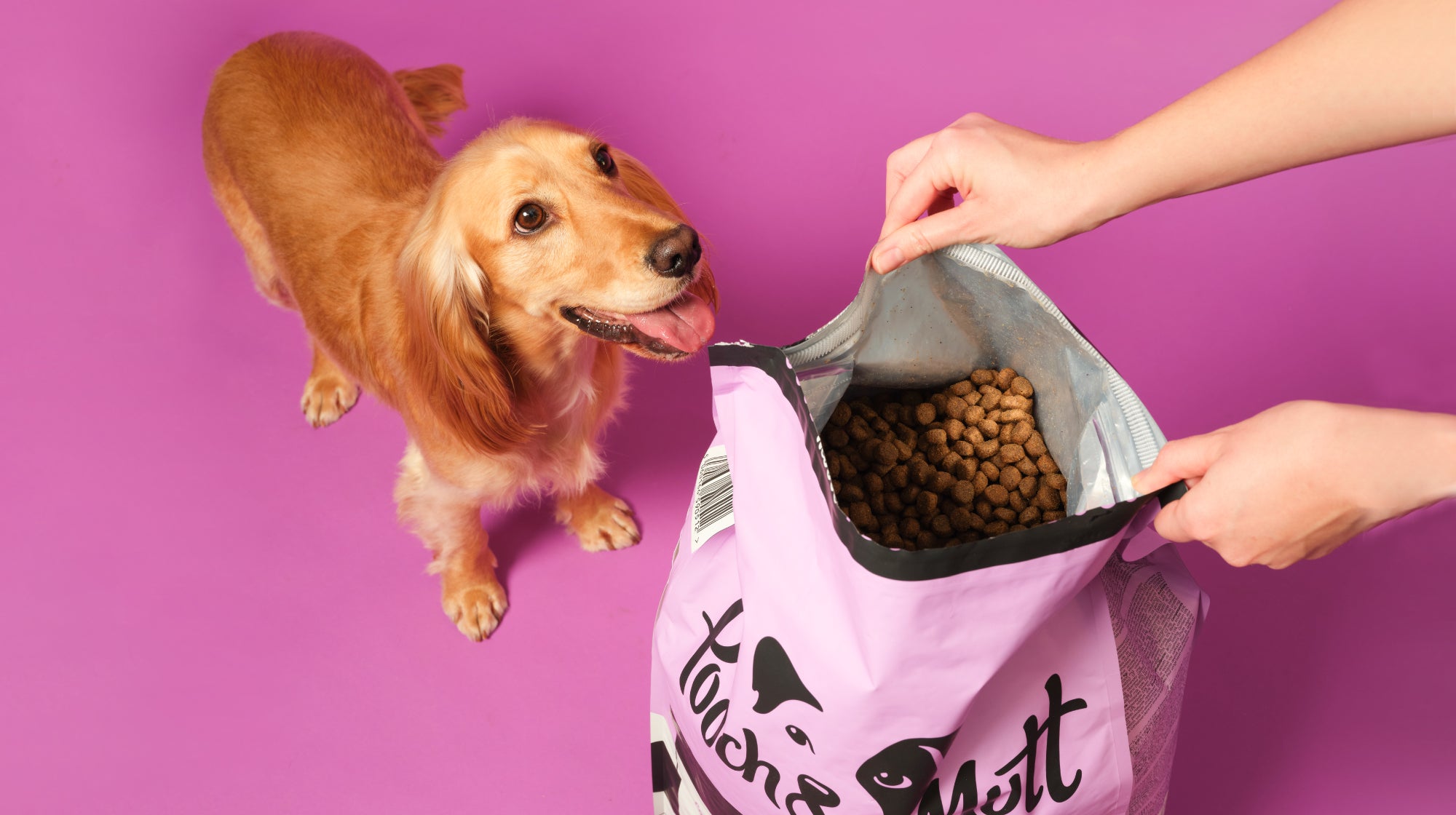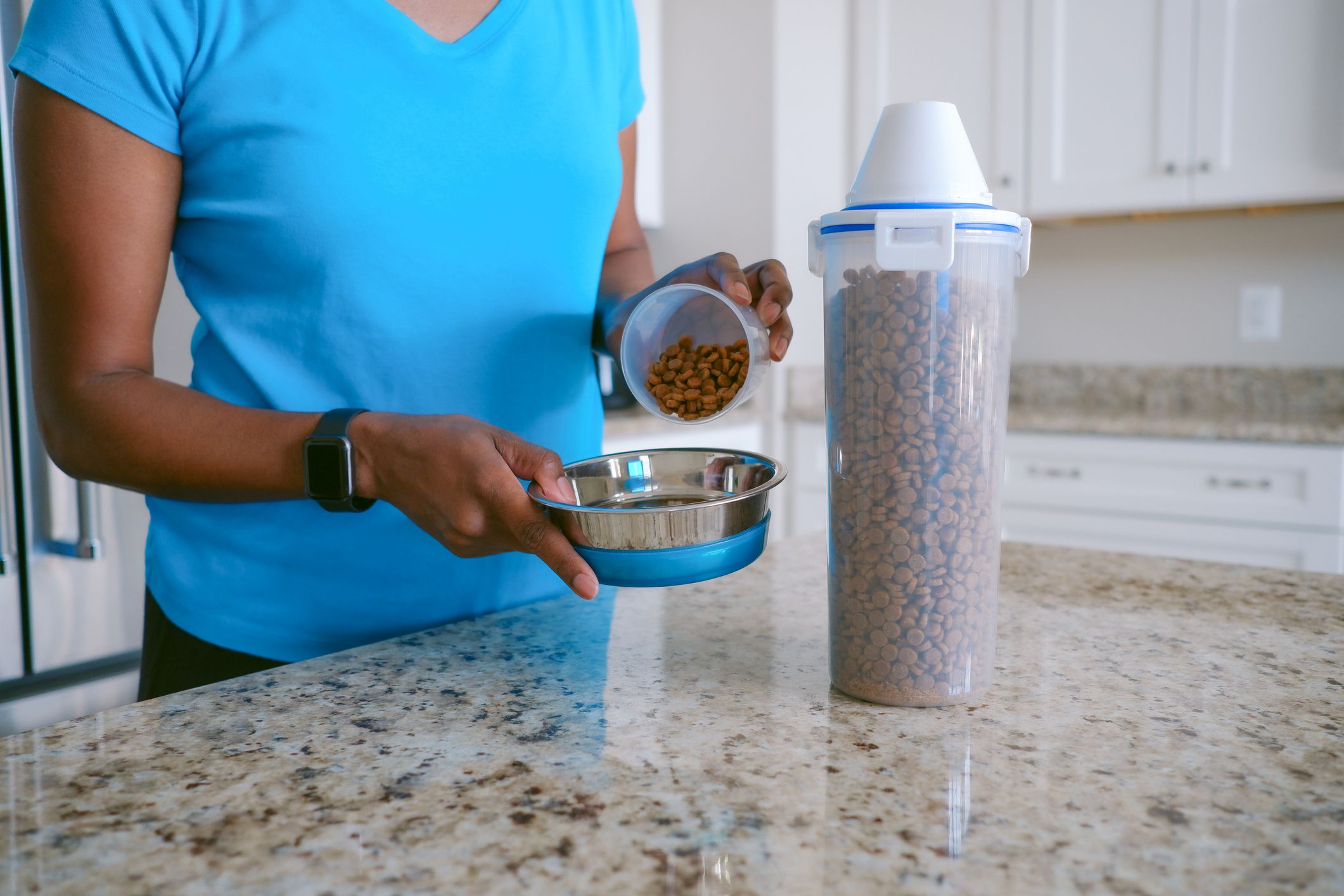Whether you have a new furry friend or you are a seasoned cat owner, it’s important to know how long dry cat food can last once it has been opened. Cats are known for their pickiness when it comes to food, and as an owner, you want to ensure that you are providing them with fresh and safe meals.
The shelf life of dry cat food can vary depending on various factors such as the brand, packaging, and storage conditions. It’s crucial to follow the guidelines provided by the manufacturer and practice proper storage techniques to maintain the quality of the food.
Factors Affecting Dry Cat Food Shelf Life
Here are some factors that can affect the shelf life of dry cat food:
- Quality of Packaging: The packaging of the cat food plays a significant role in preserving its freshness. Look for packaging that is airtight and resistant to moisture, as exposure to air and humidity can lead to spoilage.
- Fat Content: Higher fat content in dry cat food can contribute to a shorter shelf life as fats can become rancid over time. Pay attention to the fat content of the food and consider opting for lower fat options if you are looking for longer shelf life.
- Storage Conditions: Proper storage is key to extending the shelf life of dry cat food. It is recommended to store the food in a cool, dry place, away from direct sunlight and extreme temperatures. Avoid storing cat food near cleaning chemicals or strong odors as it can affect the quality and taste of the food.
- Hygiene: Maintaining proper hygiene when handling the cat food is crucial to prevent contamination. Ensure that your hands are clean and use clean utensils and bowls when serving the food to your cat. Improper handling can lead to bacterial growth and spoilage.

Credit: www.poochandmutt.co.uk
Understanding Cat Food Expiration Dates
Most dry cat food manufacturers provide an expiration date or a “best by” date on the packaging. This date indicates the period during which the food is expected to retain its optimal quality and nutritional value. It’s important to pay attention to these dates and avoid using cat food that is past its expiration date.
However, it is essential to note that the expiration date does not necessarily mean that the cat food is unsafe to consume. It primarily indicates the period of peak freshness and taste. If stored properly, dry cat food can still be safe for consumption even after the expiration date has passed. Nevertheless, it’s always recommended to err on the side of caution and replace the expired food.
General Guidelines for Dry Cat Food Storage
Follow these general guidelines to ensure proper storage of dry cat food:
- Seal the Bag: After opening the bag, ensure that it is tightly sealed to prevent exposure to air and moisture. Consider using clips or resealable bags if the original packaging does not provide a secure seal.
- Store in a Cool and Dry Place: Find a cool and dry spot in your home to store the cat food. Avoid areas that are prone to temperature fluctuations, such as near windows or heating vents.
- Keep Away from Contaminants: Store the cat food away from cleaning supplies, chemicals, and other substances with strong odors. These odors can transfer to the food and affect its taste and quality.
- Rotate Stock: If you purchase cat food in bulk, make sure to use older bags before newer ones. This ensures that you are using the oldest food first and prevents any potential wastage due to expiration.

Credit: iandloveandyou.com
Signs of Spoiled Cat Food
While dry cat food can have a long shelf life, it’s important to familiarize yourself with signs of spoilage to protect your cat’s health. Here are some indicators that the cat food may have gone bad:
- Strange Odor: If the cat food has an unusual or foul smell, it could be a sign of spoilage. Fresh cat food should not have any strong or unpleasant odors.
- Changes in Texture and Color: Check for any color changes or signs of mold or insect infestation. Additionally, if the kibbles appear softer, oily, or crumbly, it may indicate a problem.
- Presence of Pests: If you notice any evidence of pests, such as insect larvae or webs, it is a clear sign that the cat food has been compromised.
- Uninterested Behavior: Cats are typically selective when it comes to their food. If your cat suddenly shows disinterest in their dry food, it may be an indication of palatability issues caused by spoilage.
When in doubt, trust your instincts and prioritize your pet’s health. It’s always safer to discard any cat food that you suspect may be spoiled, even if the signs are not evident.
Remember, cats have unique nutritional needs, and providing them with fresh and high-quality food is vital for their overall well-being. By adhering to proper storage practices and being mindful of expiration dates, you can ensure that your cat’s dry food remains safe and enjoyable for them.
Frequently Asked Questions For How Long Does Dry Cat Food Last Once Opened
How Long Does Dry Cat Food Last Once Opened?
Dry cat food typically lasts for 4-6 weeks after opening, but it is essential to check the expiration date and follow the manufacturer’s guidelines for storage. Be sure to store it in a cool, dry place to maintain its freshness.
Can I Feed My Cat Expired Dry Food?
Feeding your cat expired dry food is not recommended as it may have lost its nutritional value and could potentially cause digestive issues. It’s best to dispose of expired food and replace it with fresh, high-quality options to ensure your cat’s well-being.
What Happens If My Cat Eats Expired Dry Food?
If your cat eats expired dry food, it may experience digestive upset, including vomiting or diarrhea. Monitor your cat closely and consult a veterinarian if the symptoms persist or worsen. It’s important to provide your cat with fresh, properly stored food for optimal health.
How Can I Extend The Shelf Life Of Opened Dry Cat Food?
To extend the shelf life of opened dry cat food, store it in an airtight container and keep it in a cool, dry place. Avoid exposing the food to moisture or extreme temperatures. Additionally, using it within the recommended time frame and following proper storage guidelines will help maintain its quality.

Leave a Reply